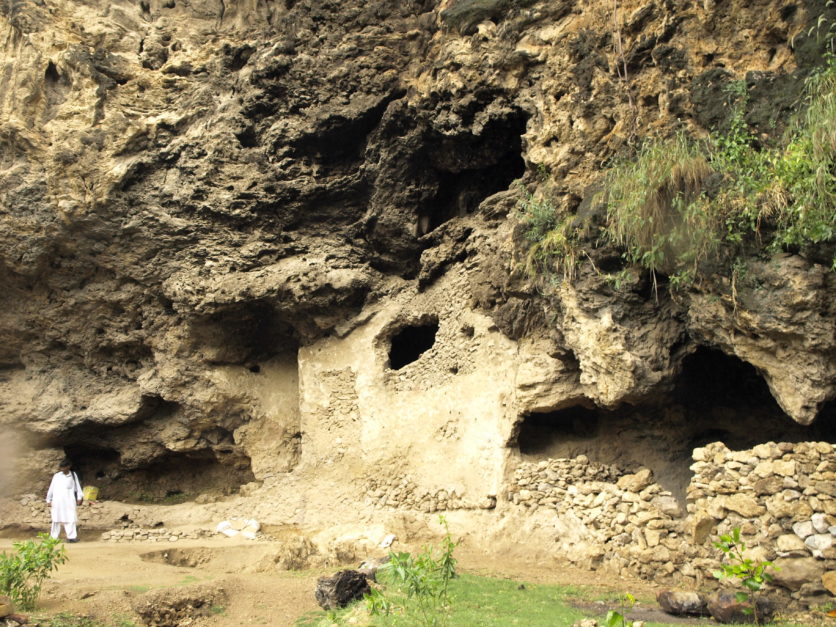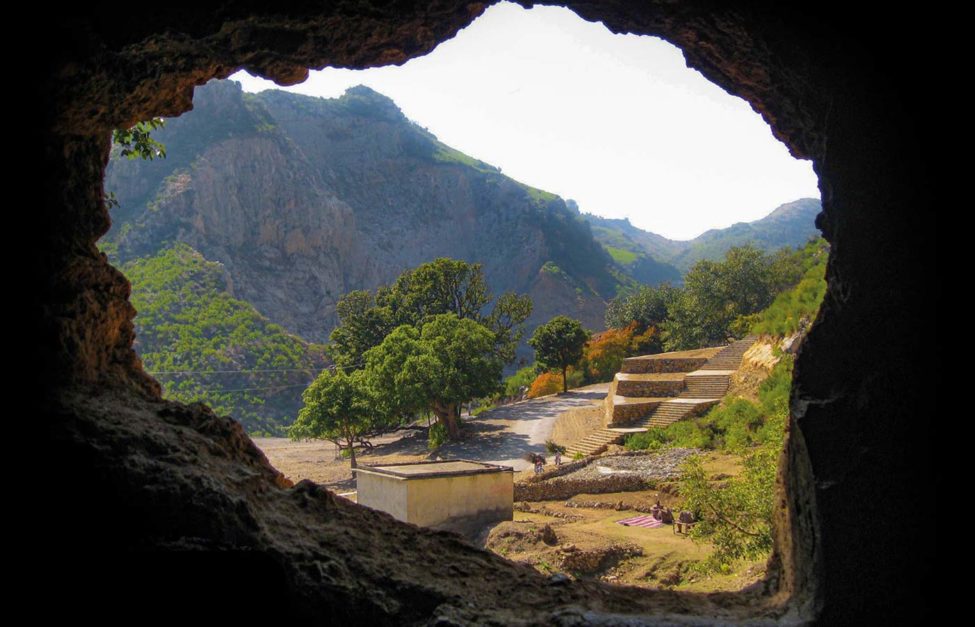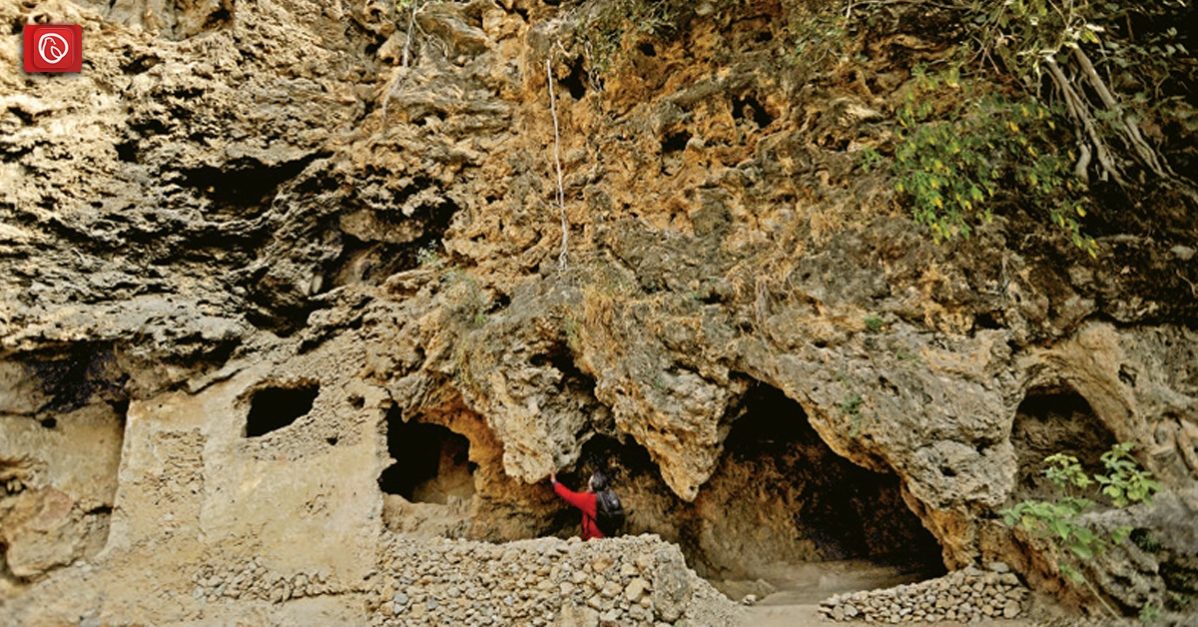Nestled in the Margalla Hills, Shah Allah Ditta is a hidden gem steeped in history and mystique. Graana.com provides a detailed overview of this hidden spot below.
Introduction
Shah Allah Ditta is located approximately 15 kilometres northeast of Islamabad. This quaint village holds tremendous historical significance and is renowned for its archaeological treasures, dating back to the Buddhist and Mughal eras.
It is considered to be one of the most famous historical places in Pakistan. With its serene surroundings and awe-inspiring vistas, it offers a retreat from bustling city life, transporting visitors to a bygone era.
Origins of Shah Allah Ditta

Emperor Sher Shah Suri’s reign in the 16th century marks the origin of Shah Allah Ditta, and the village derives its name from a saint named Shah Allah Ditta, who people believe resided here during that time. Legend has it that his tomb holds mystical powers and grants blessings to those who seek solace.
Significance and Cultural Heritage
The village is home to several ancient sites, including Buddhist Caves that date back to the 4th century BC. Buddhist monks used these caves as meditation retreats and adorned them with intricate carvings and inscriptions, offering a fascinating glimpse into the region’s past.
Natural Beauty and Landscape
The Margalla Hills, part of the Himalayan range, serve as a protective barrier and serve as a captivating landscape. The verdant slopes, dotted with wildflowers, feature a variety of colours throughout the year.
Buddhist Caves
The Buddhist Caves are a testament to the region’s ancient history. Carved into the rocky cliffs, these caves served as sanctuaries for Buddhist monks seeking enlightenment. The intricate carvings, depicting scenes from Buddhist scriptures, showcase the artistic prowess of the craftsmen from centuries ago.
Shah Allah Ditta Village

The village has a vibrant, close-knit community, and the locals, known for their warmth and hospitality, take pride in preserving their traditions and cultural heritage. You can witness the charm of rural life as you observe villagers engaging in daily activities, tending to their fields, and making crafts.
Tourism
Shah Allah Ditta possesses immense tourism potential, offering a unique blend of history, nature, and cultural experiences. The archaeological sites draw history enthusiasts and researchers, and nature lovers are captivated by the serene landscapes.
The village is one of the best places to visit in Islamabad as it provides a glimpse into the local way of life, allowing visitors to immerse themselves in the traditions and customs of the region.
Conclusion
Concerted efforts have recognized the value of Shah Allah Ditta’s cultural and natural heritage. The authorities have undertaken several conservation initiatives to preserve and protect this invaluable site, safeguarding the archaeological sites. Local authorities also work hand in hand with the community to promote sustainable tourism practices and maintain the ecological balance of the region.
FAQs
Q: What is the best time to visit Shah Allah Ditta?
A: The best time to visit is during spring and autumn, when the weather is pleasant.
Q: Are there any accommodations available in the area?
A: While Shah Allah Ditta itself may have limited accommodations, the nearby city of Islamabad offers several options, including budget-friendly guesthouses to luxurious hotels. Visitors can choose to stay in Islamabad and make day trips to explore Shah Allah Ditta and its surroundings.
Q: Can you provide directions to Shah Allah Ditta?
A: To reach Shah Allah Ditta, you can take a taxi or hire a car from Islamabad. The village is approximately 15 kilometres northeast of the city. The journey takes around 30 minutes, depending on the traffic conditions. It is advisable to use GPS or consult a local guide to ensure a smooth and hassle-free journey.
Q: Is photography allowed in the Buddhist Caves?
A: Yes, you can take pictures in the Buddhist Caves of Shah Allah Ditta. However, it is important to be respectful; avoid using flash photography or touching the carvings to ensure a positive experience for all visitors.
Q: Are there any local guides available to enhance the visitor’s experience?
A: Yes, there are local guides available who can provide valuable insights into the history, culture, and significance of the archaeological sites.
For more information, visit the Graana blog.




